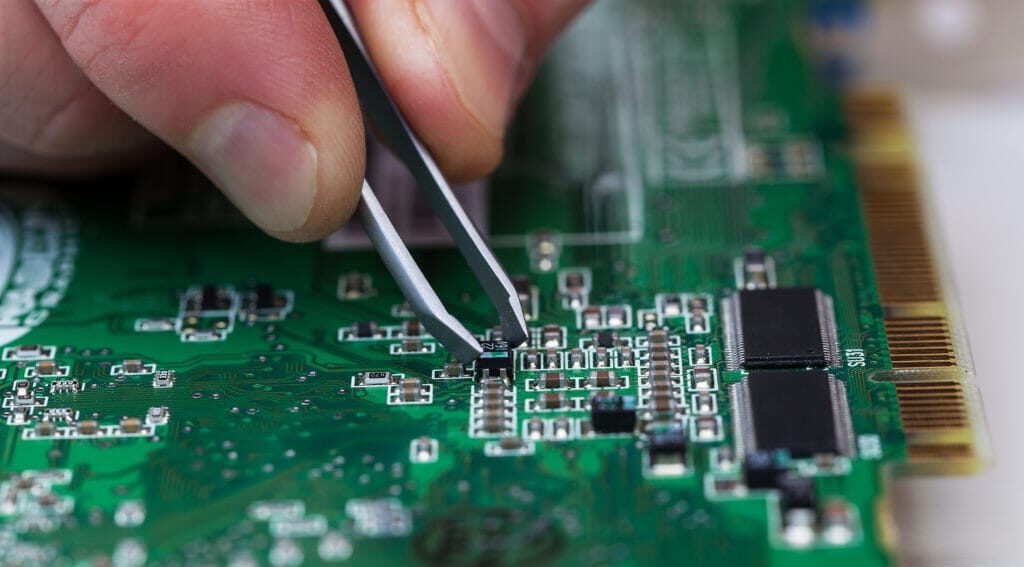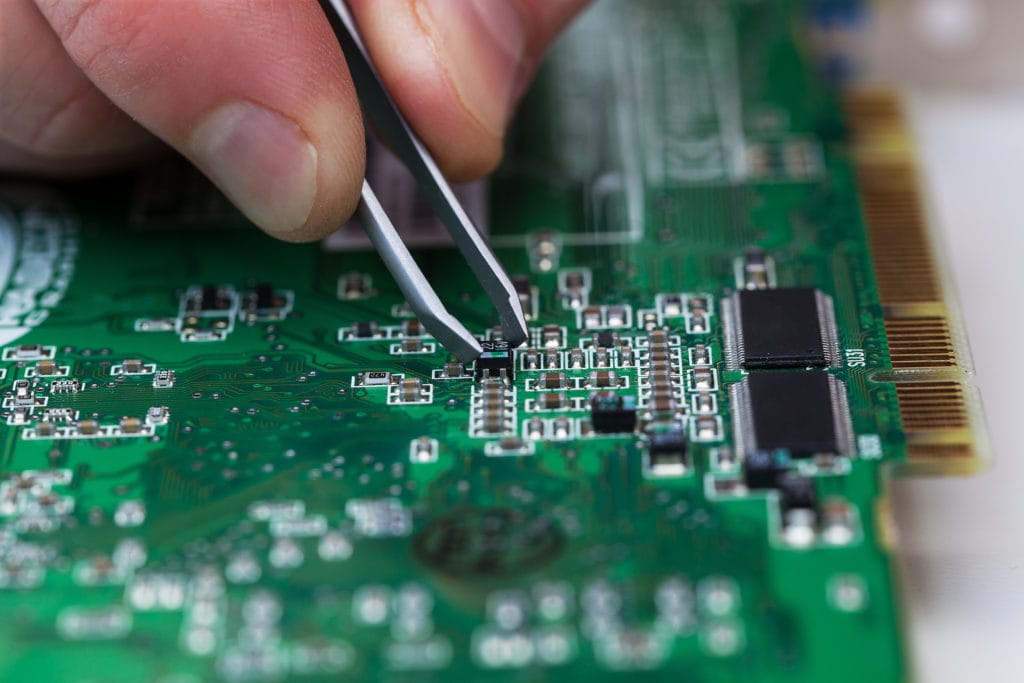

A PCB Assembly prototype is a sample that gives engineers, manufacturers, and design teams a way to test the functionality of their concept before final production. Many projects allocate time and a limited budget to create multiple PCB Assembly prototype runs when developing complex designs or deciding between design options. There are several PCB Assembly prototyping variations, including:
- Visual models. The visual model is usually the very first PCB Assembly prototype in the design process. They exhibit the overall structure and shape of the component easily and affordably.
- Proof-of-concept. A proof-of-concept prototype proves the viability of the design. It demonstrates the primary functionality of the PCB Assembly without replicating the full range of capabilities.
- Working prototype. This type of PCB Assembly prototype accurately represents the final product using basic materials to keep costs reasonable.
- Functional prototype. This prototype is a fully functioning component meant for testing. Since it has all the features and capabilities of the final board, a tester can check for defects or weaknesses.


